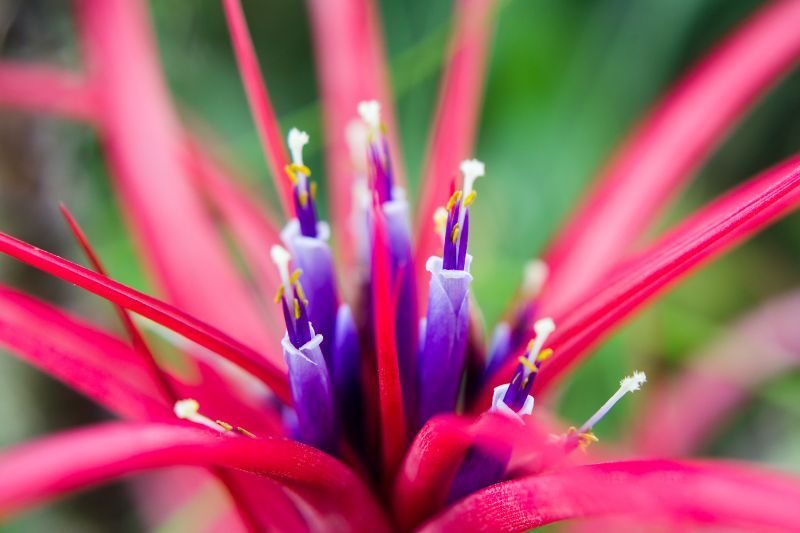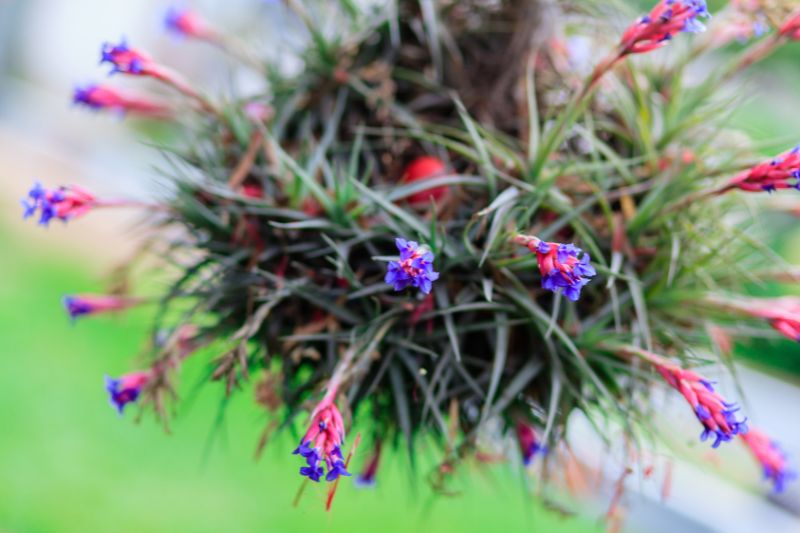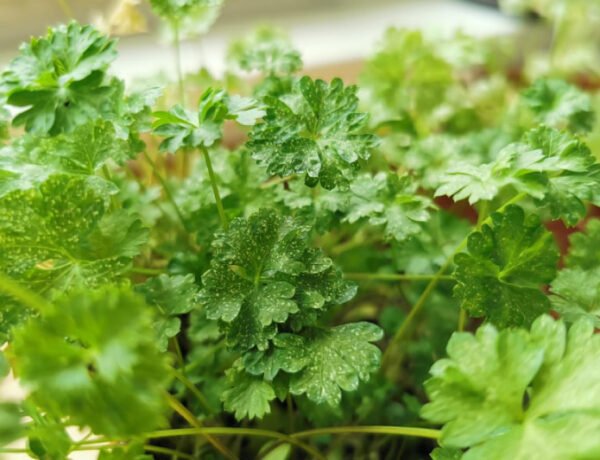Air plants are a wonder of nature, renowned for their effortless elegance and ability to thrive in unique environments. These fascinating plants are known for producing vibrant and captivating blooms that seem to defy gravity. However, what many don’t know is that this display of color and vitality may signal the end of the air plant’s life cycle.
Table of Contents
Life Cycle of Air Plants
Air plants begin their life as a seedling or a “pup,” an offset from the parent plant. While the rate of growth varies depending on the species and the environmental conditions they inhabit (xeric and mesic), once the air plant matures, it will produce a single bloom during its lifetime, which can appear either quickly or after several years.
After the blooming cycle, the air plant’s focus turns to the new pups that emerge after flowering, a journey that requires an enormous amount of energy and resources. As the plant directs all its energy towards the growth and development of the new generation, it begins to fade slowly, eventually reaching the end of its lifespan.
Flowering and Decay

The process of decay after flowering is a natural part of the air plant life cycle, and, as mentioned above, it is linked to the plant’s investment of energy into offsets. In a nutshell, once the air plant has bloomed, it will not produce new leaves. Instead, it will stay alive and focus all its energy into growing the next generation of air plants (offsets or pups).
Technically, it can’t be called “death” since the offsets resulting after blooming are genetic clones of the mother plant that is still alive and able to photosynthesize. However, since it will not grow new leaves, it will eventually die from old age or damage. Depending on the species, this process can take anywhere between a few months to a few years, so you’ll still be able to enjoy your air plant.
What do you do after your air plant has flowered?
The life cycle continues after flowering too, as your air plant is making sure its line is not ending there, producing one or multiple offsets. Based on the species you acquired, the location of offsets growth can differ. While most of them produce offsets at the base, in some species they can appear in the center or even on their flower stalks, so pay attention to that too.
When it comes to caring for the new pups, you’ve got two options:
- Keep them attached to the mother plant, which will not affect their growth. Instead, they will keep growing and form a cluster of air plants, commonly known as “Tillandsia balls”.
- Separate them once they reach about one-third of the size of the mother plant.
Either way, the offsets will reach the adult plant stage and repeat the growth cycle.

But what about seeds? Do air plants produce them and can be propagated this way? Well, the answer is yes.
The genus Tillandsia has an undeserved reputation for being difficult to grow from seed.
Mark Dimmit
Read more about Mark’s piece on growing Tillandsias from seeds on FCBS.org.
Conclusion
Air plants are unique and fascinating plants that require specific care and attention. Understanding their life cycle and the natural process of flowering and offset production can help ensure their long-term health. Proper care and management can help ensure that your air plants thrive and continue to add beauty and interest to your indoor or outdoor space. With the right knowledge and care, they can be a rewarding addition to any plant lover’s collection.






No Comments